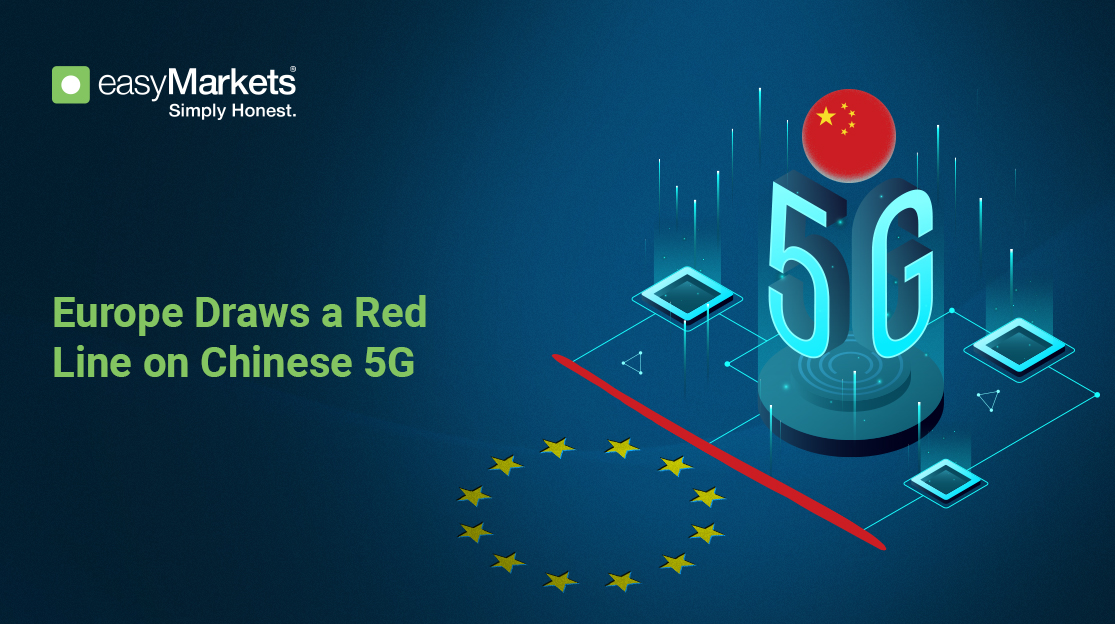EU moves to ban Chinese mobile devices

Published on 26.11.2025
The European Commission is stepping up pressure on EU countries to go beyond recommendations and legally ban Chinese telecom giants Huawei and ZTE from 5G networks.
So far, countries like Spain, Greece, and Cyprus have continued using their equipment, creating uneven rules across the bloc. Brussels now wants a single, mandatory framework to remove this gap. .
What’s changing and why
The Commission argues that using high-risk vendors in Europe’s critical networks could threaten security and weaken the region’s strategic independence. Many member states have been slow or inconsistent in applying restrictions. Turning the ban into EU-wide law creates a unified, enforceable approach rather than voluntary guidance.
For markets and trade watchers, this goes beyond telecom policy: it signals a deeper shift in Europe’s long-term approach to China, one of its biggest trading partners.
Market and trade risks
The EU and China have strong trade ties, with China being the EU’s second-largest goods trading partner. A full legal ban on Chinese suppliers could shrink China’s exports to Europe as Huawei and ZTE lose access to parts of the EU infrastructure market. Beijing could respond with tariffs, investment limits, or slower market access for European companies.
European telecom operators, who often rely on Chinese components, may face higher costs or delays in rolling out 5G. Tensions could also spill into other strategic sectors such as Electric Vehicles (EV) batteries, and critical raw materials, widening the trade rift.
How Chinese retaliation could hit the euro and yuan
For the euro, the main risk comes if China retaliates against the EU’s 5G ban.
Reduced Chinese demand for European goods or tougher market access for EU firms could hurt exports and weigh on the euro. But over time, a more secure and independent supply chain could improve longer-term sentiment towards the euro.
For the yuan, China might respond to weaker demand from Europe by letting its currency soften to make its exports more competitive. A weaker yuan could make the euro look stronger on paper, but that wouldn’t mean Europe’s economy is improving. If EU-China trade slows, demand for yuan in settlement also falls, adding mild downward pressure on the currency. Overall, the EUR/CNY impact will depend on how far each side is willing to escalate.
- A weaker yuan favours Chinese exporters
- Chinese retalitation risks the euro
Market takeaway
What began as a security issue has become a broader strategic pivot. For traders and analysts, the key points to watch are:
- China’s potential response through tariffs, investment restrictions, or currency policy.
- Shifts in Europe’s telecom and infrastructure supply chains, identifying which companies benefit and which face challenges.
- Movements in EUR/CNY and EUR/USD as markets price in risk and growth expectations.
- Signs that this is not a one-off policy, but part of a lasting realignment in EU-China relations, with deeper structural trade risks ahead.





































